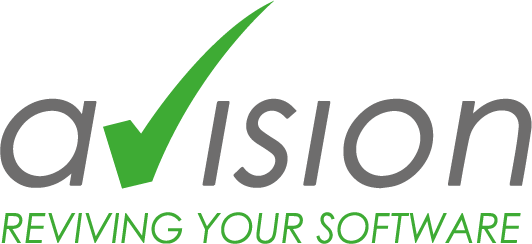There are times when CIOs are really not to be envied. For example, when they have to explain to company management once again why higher IT investments are necessary. One of the biggest paradoxes here is that costs rise on paper even when modernisation is actually being carried out for cost reasons. Switching from your own server in the basement to the cloud? Additional costs. New SaaS solutions? More money. The necessary security? That’s right, that costs money too. To convince the financial professionals in the boardroom that investing in the modernisation of your own IT systems is not only an investment in competitiveness but also offers real added value, it is worth taking a closer look at the technological developments of recent years.
For a long time, having your own server was the norm – reliable, relatively inexpensive and with manageable complexity. But that’s no longer the case. For most companies, moving to the cloud is the only option because they simply get more for their money. In addition to a high level of protection, depending on the provider, easy backups and convenient scalability, they also have the certainty of being able to rely on future-proof technology. For companies with limited resources and little internal expertise in particular, the cloud represents the gateway to the fast and efficient use of AI solutions. Although this initially increases costs, the added value can still be convincing in the long term if implemented correctly. This is a crucial point, because when it comes to balance sheets, the performance and value of IT is difficult for outsiders to measure in most cases – often leaving complaints about rising budgets. It is therefore the CIO’s job to provide clarity about the consequences of failing to invest in modernisation.
After all, those who neglect their systems for cost reasons, delay necessary modernisation or allow legacy software to gather dust will only fall further into the cost trap. The consequences are costly maintenance work, inefficient, cumbersome code, glaring security gaps and few opportunities to implement new functions for the business side. Even for the most cost-conscious CEO, these consequences make it clear that without consistent investment, there is a risk of being left behind in the digital race. IT costs will rise – partly because aspects such as necessary test automation, CI/CD pipelines and robust IT security will require higher expenditure. In return, however, companies gain significant technological added value and lay the foundation for future developments – above all, comprehensive process automation, which not only counteracts the shortage of skilled workers but can also catapult efficiency and productivity to a whole new level. Companies face the real danger of falling behind the competition in the long term as a result of ambitious cost-cutting measures.
For these reasons, one of the key tasks of CIOs must be to drive forward transformative projects and defend them against financial concerns. Even if the costs are rising compared to the past, solid modernisation strategies will prove successful in the long term. After all, expectations of IT and new technologies are growing at least at the same rate. Innovation does not come for free; it inevitably involves investment. However, it is not a budget black hole that simply swallows money – the added value increases through the cloud, AI and automation. At least, that is the case when concerns do not block progress.
This press release is also available at www.pr-com.de/de/avision.
Press contact
Avision GmbH
Christina Karl
Marketing
Bajuwarenring 14
D-82041 Oberhaching
Tel. +49-89-623037-967
christina.karl@avision-it.de
PR-COM GmbH
Melissa Gemmrich
Sendlinger-Tor-Platz 6
D-80336 München
Tel. +49-89-59997-759
melissa.gemmrich@pr-com.de



